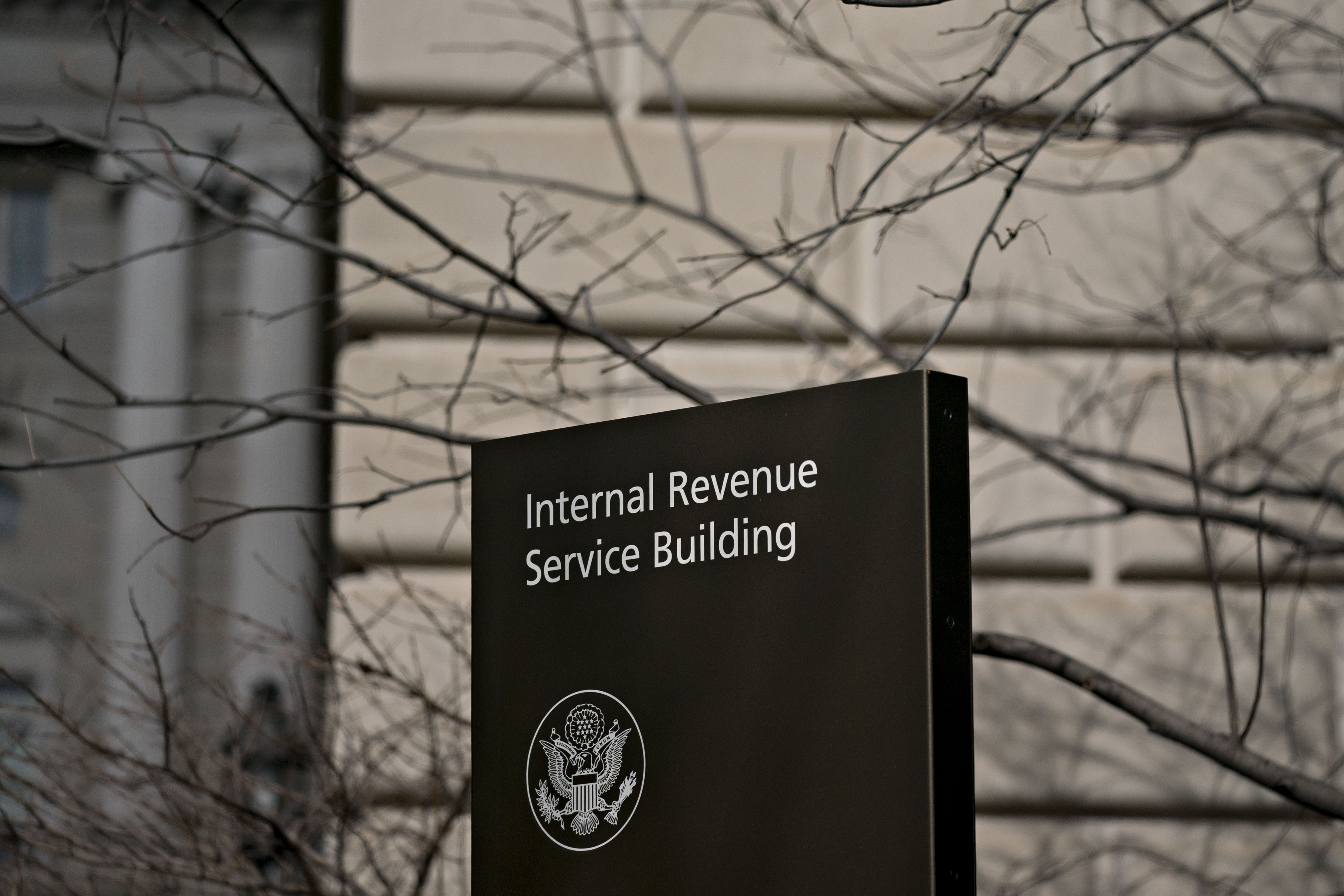The Internal Revenue Service plans to mail out letters later this month to an estimated 9 million non-filers, encouraging them to claim their economic impact payments by an Oct. 15 deadline.
The letters will be going out to Americans who typically don’t file federal income tax returns, but who may be eligible for stimulus payments of $1,200 and up.
The letters will prod recipients to register at IRS.gov by Oct. 15 to receive a payment by the end of the year. Under the CARES Act that Congress passed in March, individuals can receive up to $1,200, while married couples can get up to $2,400. People with qualifying children under age 17 at the end of 2019 can receive up to an additional $500 for each qualifying child.
The letters are going out to people who haven’t yet filed a tax return for either 2018 or 2019. Based on an internal analysis, these are people who don’t usually have a tax return filing requirement because they seem to have very low incomes, based on Forms W-2, 1099s and other third-party statements available to the IRS. But many in this group are still entitled to receive a stimulus payment.
“The IRS has made an unprecedented outreach effort to make sure people are aware of their potential eligibility for an economic impact payment this year,” said IRS Commissioner Chuck Rettig in a statement Tuesday. “Millions who don’t normally file a tax return have already registered and received a payment. We are taking this extra step to help Americans who may not know they could be eligible for this payment or don’t know how to register for one. People who aren’t required to file a tax return can quickly register on IRS.gov and still get their money this year.”
The letter, officially known as IRS Notice 1444-A, is written in English and Spanish and includes information on eligibility criteria and how eligible recipients can claim an economic impact payment online at IRS.gov. The mailing, which will start going out around Sept. 24, will be delivered from an IRS address. To help alleviate fraud concerns, a copy of the letter is available on IRS.gov.
If those receiving letters haven’t done so already, the letter encourages them to register by Oct. 15 for a payment by using the free Non-Filers: Enter Payment Info tool, which is available in English and Spanish and only on IRS.gov. More than 7 million people have already used the online tool to register for a stimulus payment. Those who are unable to access the Non-Filers tool can submit a simple paper return following the procedures described in the Economic Impact Payment FAQs page on IRS.gov.
The IRS noted that receiving a letter isn’t necessarily any guarantee of eligibility for an economic impact payment. Individuals are probably eligible if they are U.S. citizens or resident aliens; have a work-eligible Social Security number; and can’t be claimed as dependents on somebody else’s federal income tax return. However, there can be a variety of situations that could affect an individual’s eligibility. For more information on eligibility requirements, recipients should read the Economic Impact Payment eligibility FAQs on IRS.gov.
The registration deadline for non-filers to claim a stimulus payment through the Non-Filers tool is Oct. 15. People can also wait until next year and claim it as a credit on their 2020 federal income tax return.
The IRS stressed that anyone required to file either a 2018 or 2019 tax return should file the tax return and not use the Non-Filers tool. While more than 160 million Ameicans have already received their stimulus payments, the IRS said anyone with little or no income who isn’t required to file a tax return may be eligible to receive an economic impact payment, whether or not they receive a letter in the mail.
The Non-Filers tool is available in both English and Spanish, and is aimed at people with incomes typically below $24,400 for married couples, and $12,200 for singles. That includes couples and individuals who are experiencing homelessness.
People can qualify for a payment, even if they don’t work or have no earned income. But low- and moderate-income workers and working families eligible to receive special tax benefits, such as the Earned Income Tax Credit or Child Tax Credit, can’t use the tool. They will have to file a regular return as soon as possible. The IRS will then use their tax return information to determine and issue any EIP for which they are eligible.
Anyone using the Non-Filers tool can hasten the arrival of their payment by opting to receive it by direct deposit. Those who don’t select this option will get a check.
Starting two weeks after they register, they can track the status of their payment using the Get My Payment tool on IRS.gov.
The IRS is warning everybody to beware of scams related to economic impact payments, however, and especially watch out for scams using email, phone calls or texts related to these payments. The IRS pointed out that it won’t send unsolicited electronic communications requesting people to open attachments, visit websites or share personal or financial information.
Go directly and only to IRS.gov for official information. Both the Non-Filers tool and the Get My Payment tool are available exclusively on IRS.gov and aren’t available on any other website.
For more Information on the economic impact payment, such as updated answers to frequently asked questions and other resources, visit IRS.gov/coronavirus.